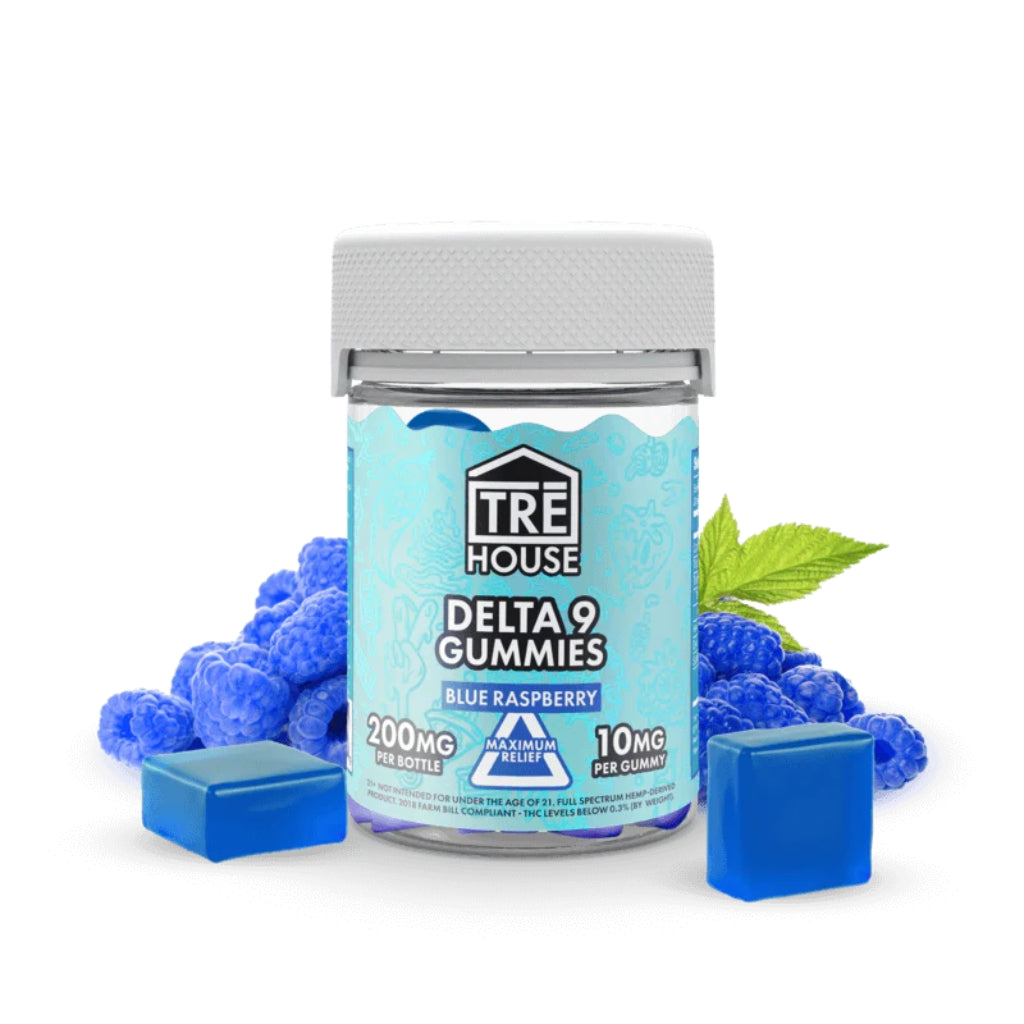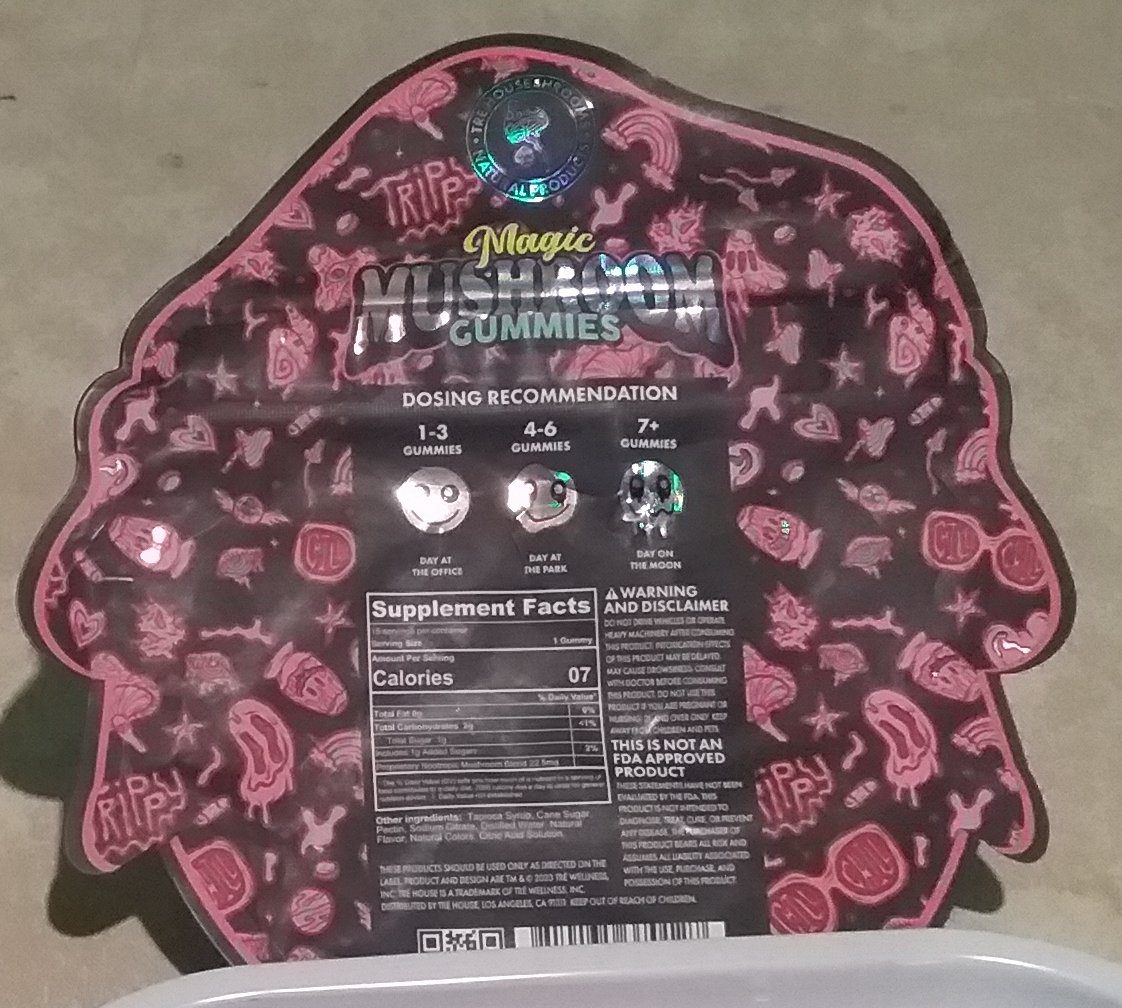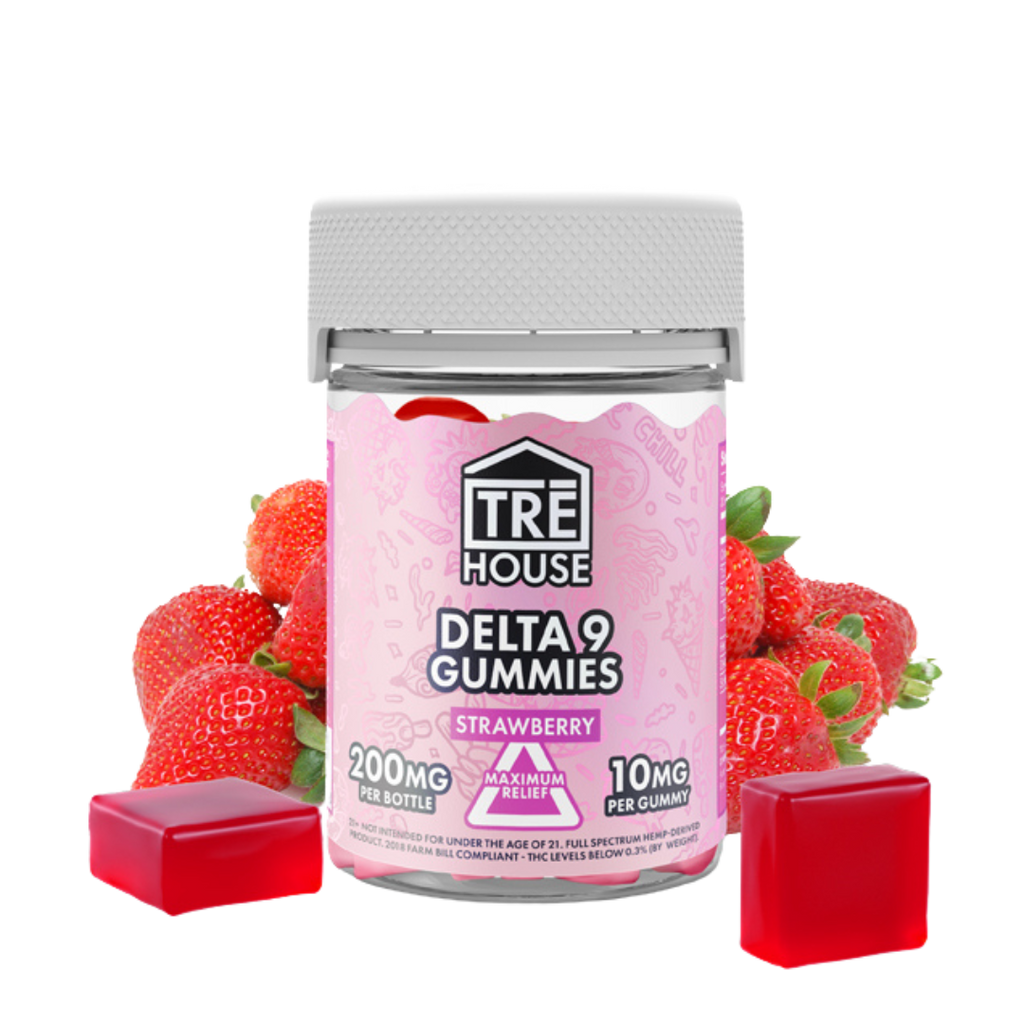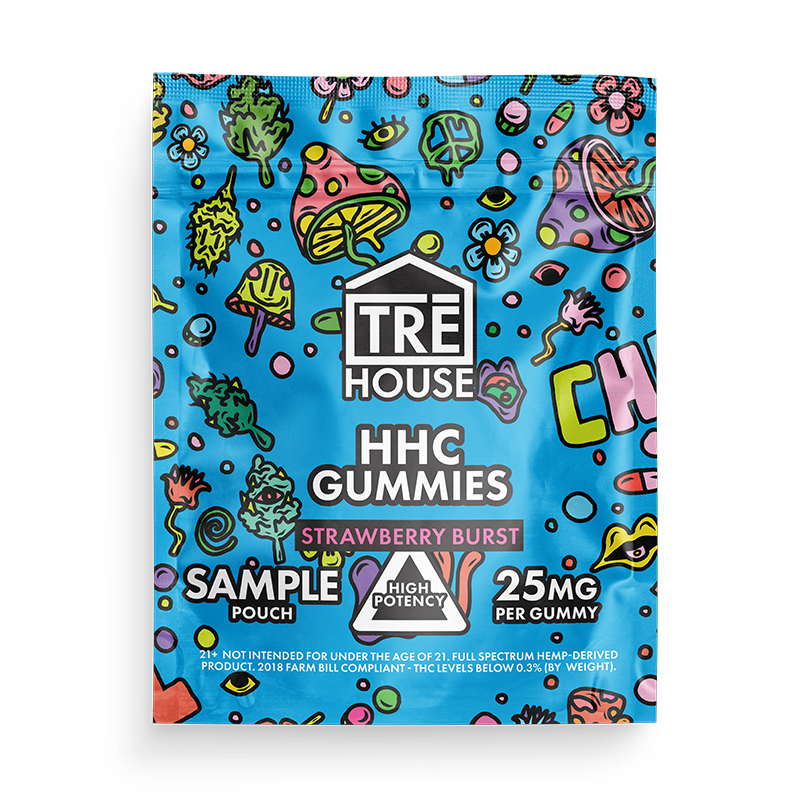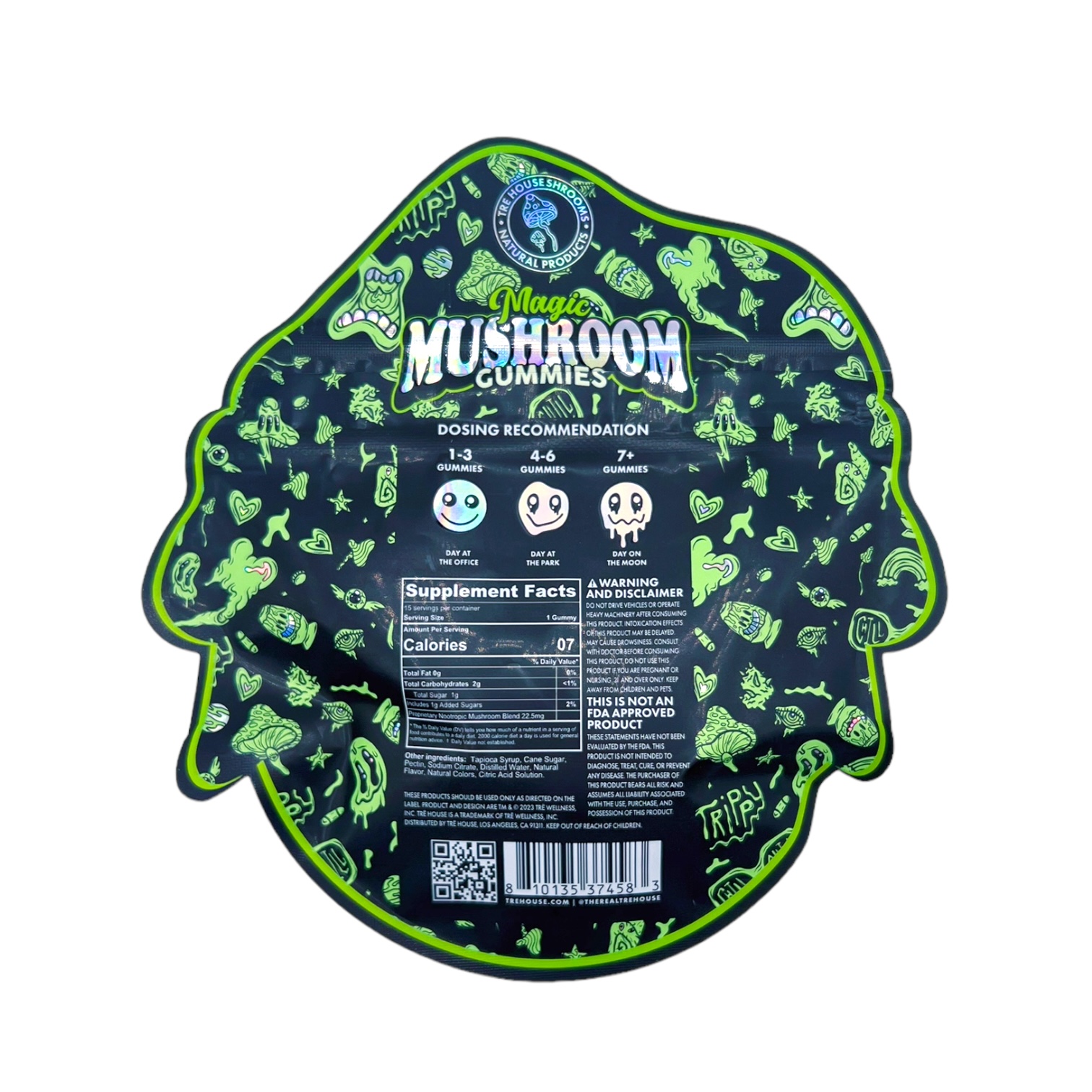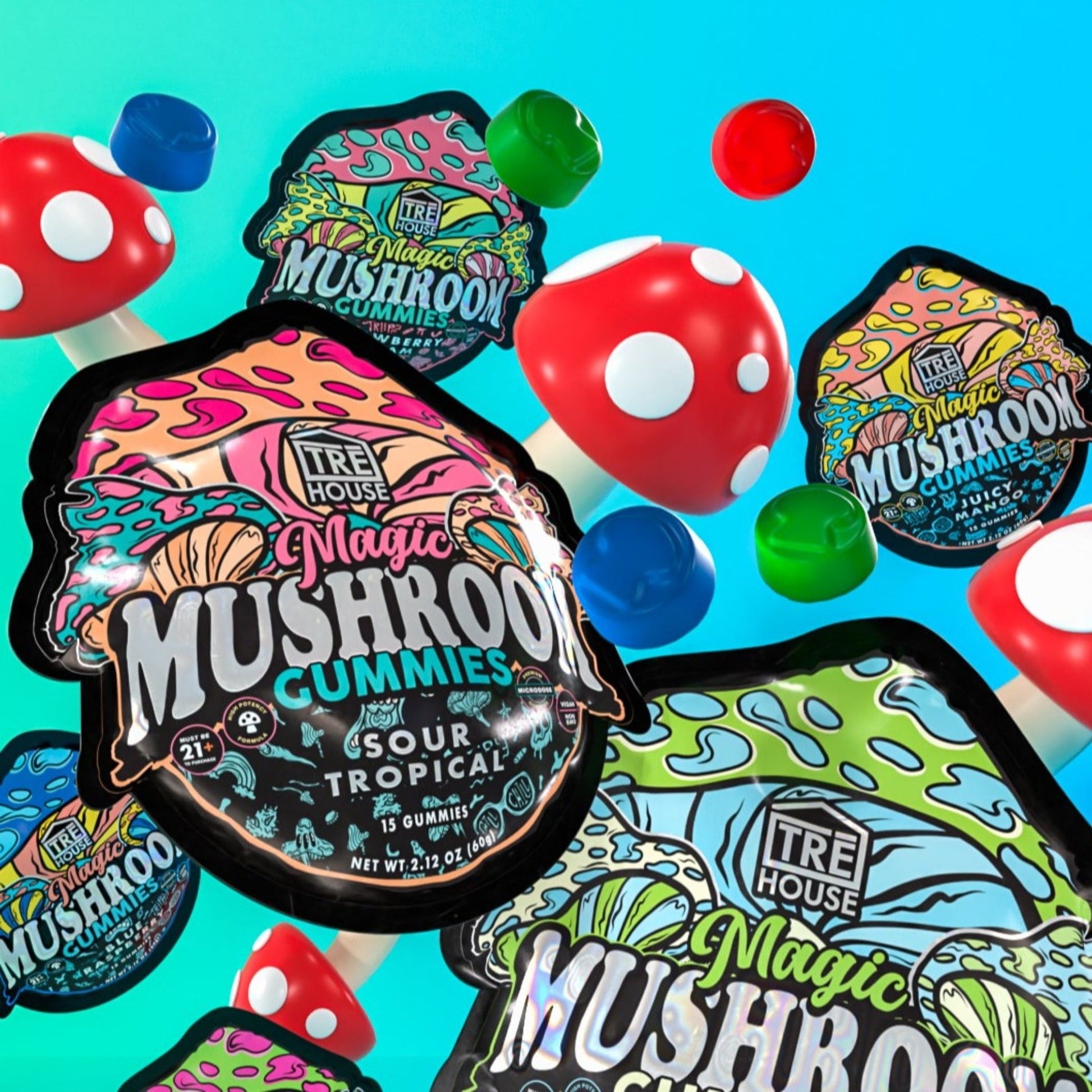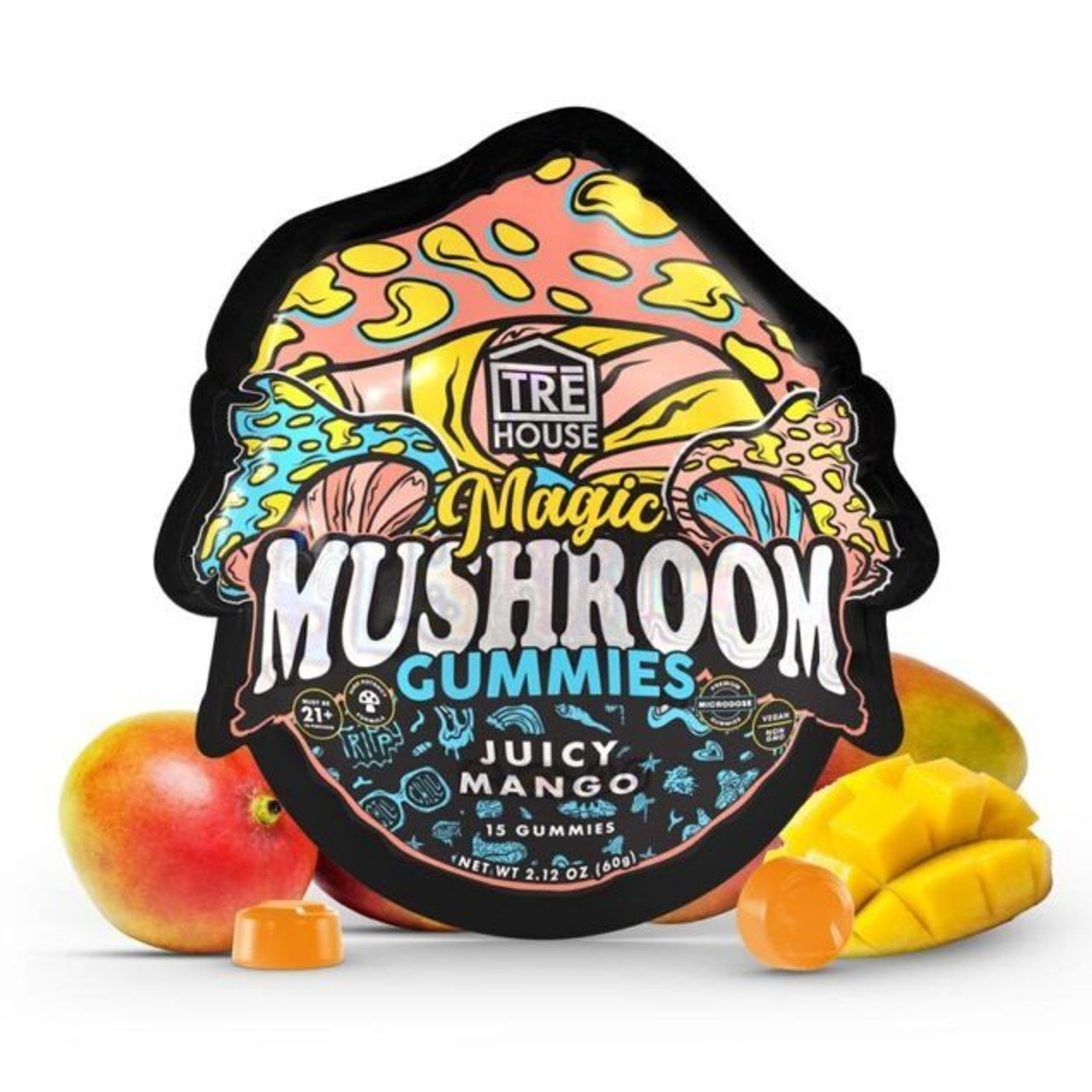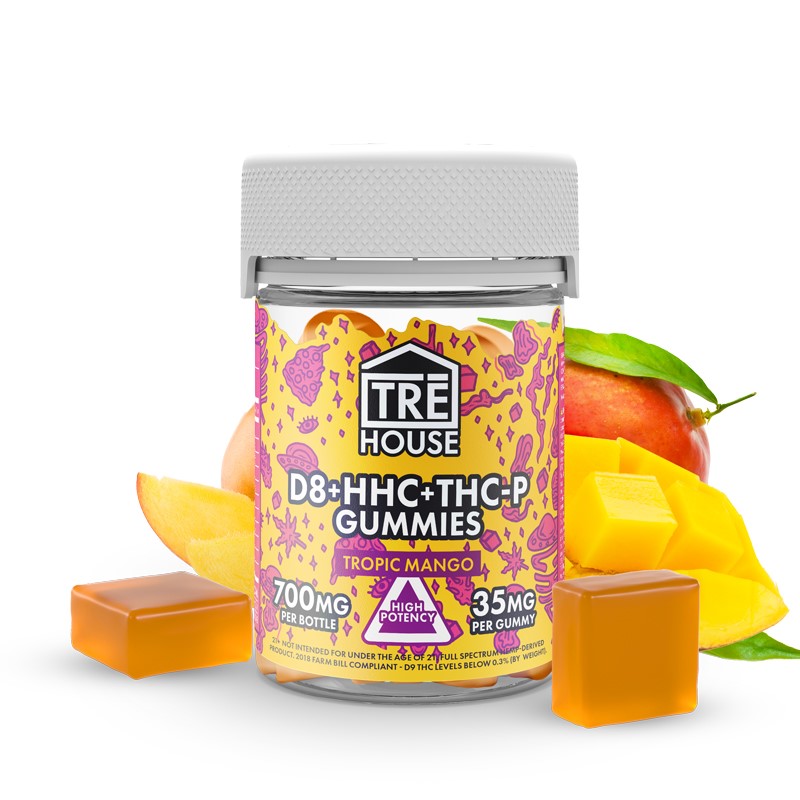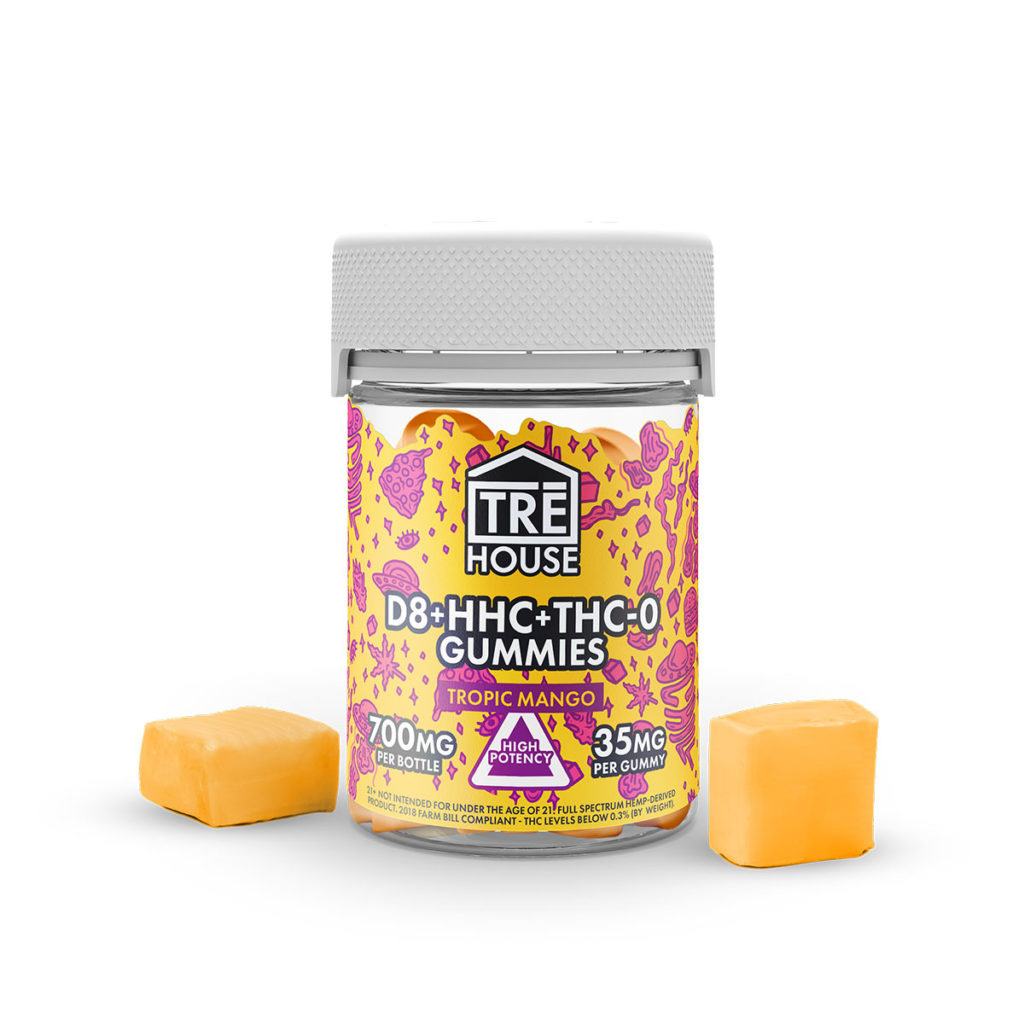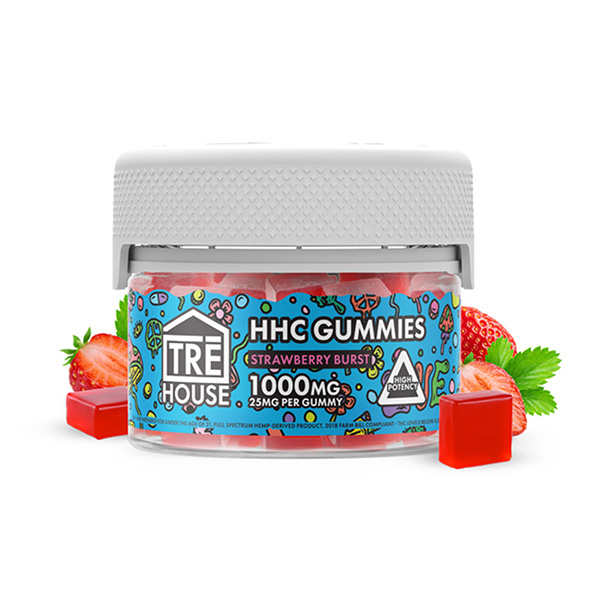What Is In Tre House Gummies
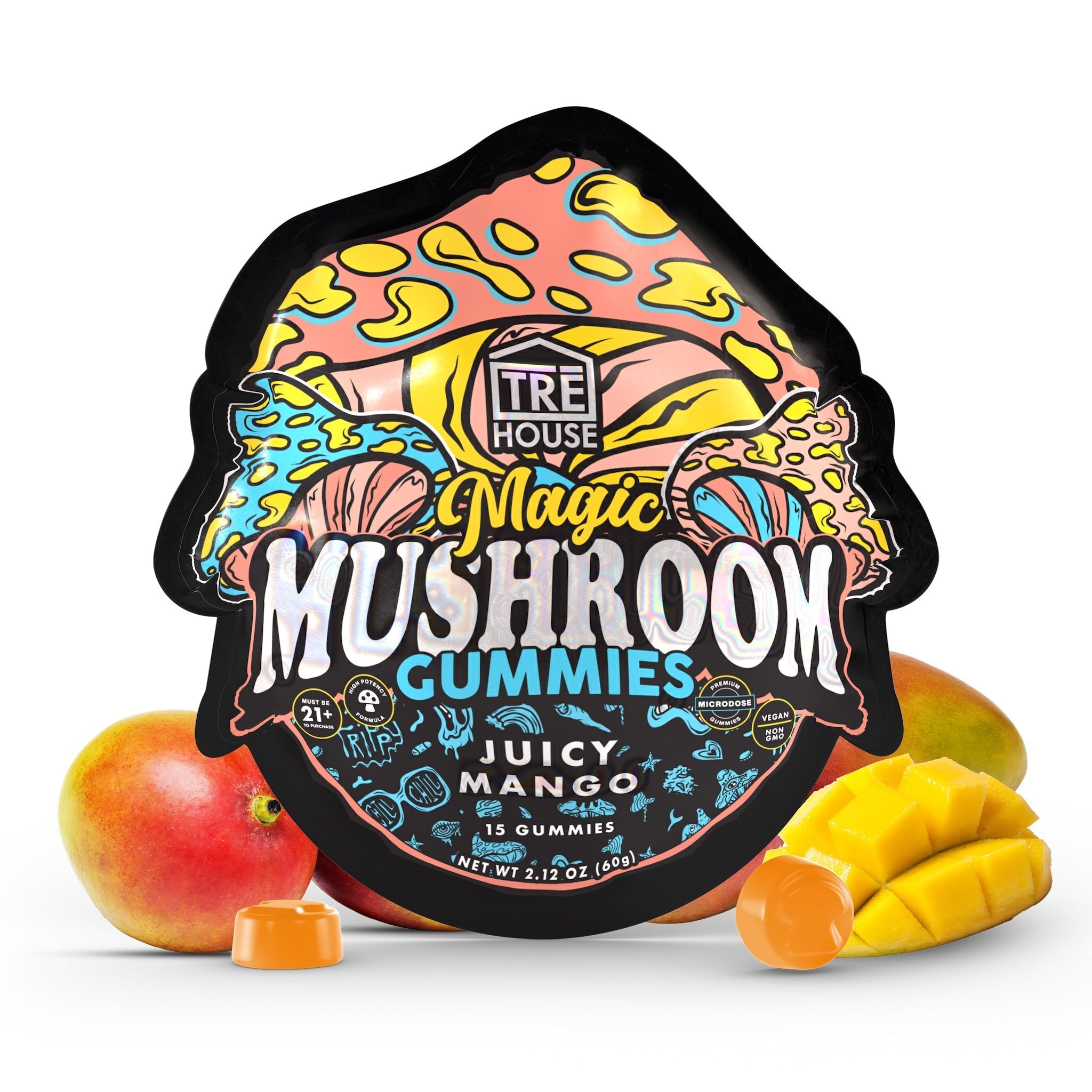
The world of cannabis edibles has exploded in recent years, with gummies becoming an increasingly popular choice for consumers seeking a convenient and discreet way to experience the effects of cannabinoids. Among the numerous brands vying for attention, Tre House has emerged as a notable player, attracting both enthusiasts and raising questions about the precise composition of its products. Understanding what exactly goes into Tre House gummies is crucial for consumers to make informed decisions about their consumption.
This article delves into the ingredients and cannabinoid profiles of Tre House gummies, examining available information from the company itself, third-party lab reports, and expert analysis. By exploring the components of these popular edibles, we aim to provide a comprehensive overview of what consumers are actually ingesting, empowering them to navigate the complex landscape of cannabis-infused products responsibly.
What's Inside a Tre House Gummy?
The base ingredients of Tre House gummies are generally similar to those found in other gummy candies: sugar, corn syrup, gelatin (or pectin for vegan options), flavorings, and coloring agents. These provide the familiar texture and taste that make gummies appealing. However, the key differentiating factor lies in the added cannabinoids, which are responsible for the psychoactive and therapeutic effects.
Cannabinoid Composition
Tre House gummies typically feature a blend of different cannabinoids, often including Delta-9 THC, Delta-8 THC, and HHC (Hexahydrocannabinol). The specific ratios and dosages of these compounds vary depending on the product line. Understanding these variations is critical for consumers seeking particular effects or managing their tolerance.
Delta-9 THC is the primary psychoactive component of cannabis, known for its euphoric and intoxicating effects. Federal law regulates Delta-9 THC levels, with hemp-derived products legally allowed to contain no more than 0.3% Delta-9 THC by dry weight.
Delta-8 THC, a less potent isomer of Delta-9 THC, offers a milder psychoactive experience. It's often marketed as a legal alternative in areas where Delta-9 THC is restricted.
HHC is a hydrogenated form of THC, reported to have similar but slightly less potent effects than Delta-9 THC. Its legal status is currently less defined than Delta-8 THC in many jurisdictions, creating a gray area for consumers.
Tre House provides information about the cannabinoid content on its product packaging and website. However, consumers should always verify this information with independent lab reports.
Other Ingredients and Potential Concerns
Beyond the base and active ingredients, Tre House gummies may contain other additives, such as preservatives, artificial flavors, and artificial colors. Some consumers are sensitive to these ingredients. It is imperative that consumers check the ingredients list thoroughly before consumption.
Moreover, the source and quality of the ingredients are crucial factors. Reputable brands prioritize using high-quality, contaminant-free materials to ensure product safety and consistency.
The Importance of Third-Party Lab Testing
Independent lab testing is vital for verifying the cannabinoid content and purity of Tre House gummies. These tests can confirm whether the product contains the advertised amount of THC, Delta-8 THC, or HHC. They also screen for potential contaminants like pesticides, heavy metals, and residual solvents.
Responsible cannabis companies, including Tre House, often make these lab reports readily available to consumers on their websites or through QR codes on product packaging. Consumers should carefully review these reports before consuming any cannabis product.
Unfortunately, not all lab reports are created equal. Consumers should look for reports from accredited laboratories that follow standardized testing protocols. These labs must have proven credibility and reliability.
“Third-party testing is the cornerstone of consumer safety in the cannabis industry,” says Dr. Jane Doe, a cannabis industry consultant. “It provides unbiased verification of product claims and protects consumers from potentially harmful contaminants.”
Navigating the Legal and Regulatory Landscape
The legal status of Tre House gummies, particularly those containing Delta-8 THC and HHC, varies significantly depending on the jurisdiction. While hemp-derived Delta-8 THC is legal at the federal level, some states have specifically banned or restricted its sale and use. HHC's legal status is even more complex and subject to change.
Consumers should be aware of the laws in their area before purchasing or consuming Tre House gummies. It's always best to err on the side of caution and consult with legal counsel if necessary.
The regulatory landscape for cannabis products is constantly evolving. Consumers must stay informed about any changes in laws or regulations that may affect their access to or use of these products.
Consumer Responsibility and Responsible Consumption
Ultimately, consumers bear the responsibility for making informed choices about the products they consume. This includes carefully reviewing the ingredients list, cannabinoid content, and third-party lab reports of Tre House gummies.
It also means starting with a low dose and gradually increasing it as needed to achieve the desired effects. This is particularly important for those who are new to cannabis edibles or have a low tolerance.
Furthermore, it's crucial to store Tre House gummies securely, out of reach of children and pets. Cannabis edibles can be particularly appealing to children due to their resemblance to regular candy, making it imperative to prevent accidental ingestion.
Looking Ahead: The Future of Cannabis Edibles
The cannabis edibles market is expected to continue to grow and evolve in the coming years. New cannabinoids are constantly being discovered and introduced into products, and regulations are likely to become more refined and standardized.
Consumers should continue to demand transparency and accountability from cannabis companies. By supporting brands that prioritize safety, quality, and accurate labeling, they can help shape the future of the industry.
As research into the therapeutic and psychoactive effects of cannabinoids expands, we can expect to see even more innovative and targeted edible products emerge. Staying informed and engaging in responsible consumption will be essential for navigating this dynamic landscape.
